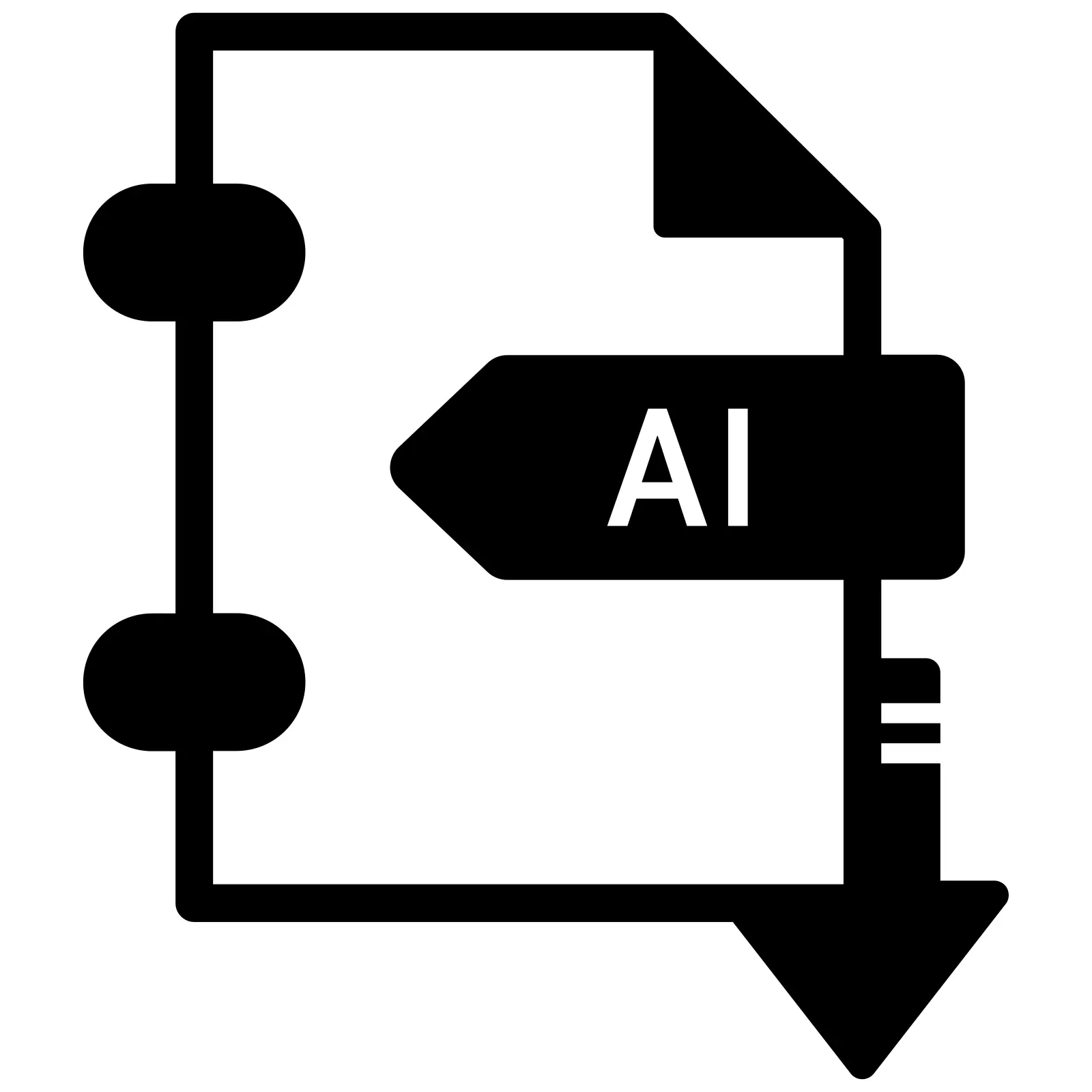Welcome to
Prompt Central
We are dedicated to teaching people how to create AI prompts. We believe that anyone can learn how to use AI prompts to create amazing things, and we're here to help you get started.
So what are you waiting for? Start learning today!

Prompting: A Game-Changing Tool for Work Efficiency
Prompting: The Future of Work Efficiency
Do you ever feel like there just aren't enough hours in the day to get everything done? Do you find yourself struggling to remember important details or complete tasks on time? If so, then prompting may just be the solution that you've been searching for. In this post, we'll delve into the basics of prompting, how it complements human knowledge and enhances work efficiency. We'll also explore different fields where prompting can be applied and discuss some case studies showcasing its successful implementation. However, with all good things comes a potential downside. We'll take a closer look at whether or not too much dependence on prompting is possible and what future perspectives hold for the role of prompting in increasing work efficiency. So, let's dive in and discover the exciting world of prompting!
Understanding the Basics of Prompting
In today's world, where artificial intelligence and NLP have revolutionized various fields, prompting has emerged as a powerful tool for improving work efficiency. By utilizing AI and NLP techniques, prompting provides relevant information and suggestions, assisting in problem-solving and generating ideas and solutions. Algorithms play a significant role in this process, as they generate helpful prompts based on input data. The advancements in large language models have enabled sophisticated prompting capabilities, enhancing the overall effectiveness of this approach.
Prompting finds its roots in the realms of linguistics, computer science, and artificial intelligence. It draws inspiration from various concepts, such as the Turing test, question answering, and even science fiction. As the field of prompt engineering continues to evolve, new techniques and approaches are being developed to enhance the accuracy and relevance of prompts. With years of experience and continuous research, experts in NLP and AI are constantly refining the methods used in prompt engineering. This ensures that the prompts generated are of high interest and value to the average person, ultimately improving work efficiency.
Join our 30-day prompt challenge today and take your writing to the next level with us!
The Origin and Evolution of Prompting
The origin and evolution of prompting can be traced back to the early days of AI research in the 1950s. It was during this time that the field of AI research was founded at a workshop held at Dartmouth College in 1956. One of the key figures in the development of prompting and language models was Alan Turing, whose groundbreaking work laid the foundation for the field.
Since then, advances in machine learning and deep learning have revolutionized prompting. The emergence of generative AI models like GPT-3 has pushed the boundaries of what is possible with prompting. These models have the ability to generate human-like text and have been utilized in various fields such as question answering, language translation, and even creative writing.
The evolution of prompting has been driven by the intersection of multiple disciplines including artificial intelligence, linguistics, and computer science. With years of experience and continual research, prompt engineering techniques have been refined to create more accurate and effective prompts. By harnessing the power of neural networks and leveraging vast amounts of data, prompting has become a powerful tool for enhancing work efficiency.

How Does Prompting Complement Human Knowledge?
Prompting enhances human intelligence by quickly providing relevant information and suggestions. It allows individuals to leverage the expertise of others and fill knowledge gaps. By facilitating continuous learning, prompting complements human knowledge and contributes to professional development.
The Psychology Behind Prompting and Learning
Prompting taps into the cognitive processes involved in memory retrieval, enhancing learning by reinforcing connections between concepts. It promotes active engagement and deeper understanding, leveraging principles of spaced repetition for optimal knowledge retention. In addition to its effectiveness in improving learning outcomes, prompting can also boost motivation and confidence in the learning process. By tapping into the psychology of learning, prompt engineering techniques capitalize on the way our brains naturally process and retain information. This approach draws from various fields such as linguistics, neuroscience, and computer science to develop efficient prompt systems that facilitate effective learning. Through the application of artificial intelligence and neural networks, prompt engineering has made significant strides in recent years. With advancements in NLP and deep learning, prompt systems have become increasingly sophisticated, providing high-interest prompts tailored to the needs of the average person. The psychology behind prompting and learning is a fascinating field with significant implications for the future of education and professional development.
The Role of Prompting in Enhancing Work Efficiency
Prompting plays a crucial role in enhancing work efficiency in various ways. Firstly, it improves productivity by providing quick access to relevant information. With the help of artificial intelligence and prompt engineering techniques, prompt systems can retrieve and present the right information at the right time, enabling employees to perform their tasks more efficiently. Secondly, prompting assists in generating accurate and grammatically correct content. For instance, in fields like content writing or customer support, prompt suggestions can ensure that the language used is precise and error-free. Thirdly, prompting supports decision-making by suggesting possible solutions. By analyzing data and offering recommendations, prompt systems can aid professionals in making informed and timely decisions. Additionally, prompting helps automate repetitive tasks, saving time and effort. By taking over routine and mundane activities, employees can focus on more complex and value-added tasks. Lastly, prompting aids in efficient information retrieval for research or problem-solving. It can quickly scan through vast amounts of data and present relevant information, facilitating faster and more effective decision-making. In conclusion, with its ability to improve productivity, facilitate decision-making, automate tasks, and aid in information retrieval, prompting is an indispensable tool for enhancing work efficiency in the modern workplace.
Case Studies Illustrating Successful Use of Prompting
Google's implementation of prompting has revolutionized search engine results, enhancing both accuracy and user experience. By leveraging artificial intelligence and neural networks, prompting in computer vision applications has enabled precise object recognition, opening doors for advancements in robotics and automation. Speech recognition systems have also benefited from natural language processing models, taking advantage of prompt engineering techniques to improve accuracy and understand human speech. Self-driving cars employ prompting for safer navigation, analyzing data from various sensors and prompt-driven algorithms. Furthermore, question-answering systems have seen remarkable improvements with the aid of prompting, empowering users with quick and accurate responses. These real-life case studies exemplify the potential of prompting in diverse fields, showcasing its ability to optimize work efficiency and enhance human-machine interactions.

Navigating Different Fields with the Help of Prompting
Navigating different fields with the help of prompting opens up a world of possibilities. Prompting is not limited to a single domain; it applies across various industries, including healthcare, finance, and marketing. Professionals in these fields can leverage prompting to stay up-to-date with the latest research and trends, ensuring they are always ahead of the curve. In addition, prompting plays a crucial role in data analysis and decision-making, particularly in business intelligence. It helps professionals make sense of complex data sets and derive valuable insights. Furthermore, prompting supports language translation and communication in global interactions, breaking down barriers and enabling seamless collaboration. Professionals in diverse fields can also benefit from prompting by gaining access to specialized knowledge that can enhance their expertise. With prompting, navigating different fields becomes an easier and more efficient process.
Application of Prompting in Education
Prompting in education has proven to be a game-changer for online courses. By providing personalized feedback and guidance, it enhances the learning experience for students. One of its key advantages is adaptive learning, which caters to the unique needs of individual students. This means that prompt engineering techniques can adapt and adjust based on a student's progress and performance. Additionally, prompting fosters creativity by assisting students in generating innovative ideas and solutions during their educational activities. It also plays a vital role in efficient information retrieval and research for academic purposes, making it easier for students to find relevant sources and references. Furthermore, prompting supports language learning by suggesting correct grammar and vocabulary, helping students improve their English skills. With the application of prompting in education, the future of learning is set to be more engaging and effective.
Can Prompting Lead to Over dependence?
Excessive reliance on prompts can hinder critical thinking and independent problem-solving. Striking a balance between relying on prompts and fostering self-reliance is essential. Over-dependence on prompting may limit creativity and originality, so individuals should be encouraged to develop their own ideas and approaches. Proper usage of prompting can enhance productivity without causing over-dependence.
Future Perspectives on Prompting and Work Efficiency
As the field of NLP continues to evolve, prompting technology is expected to advance further, driven by ongoing research and development in artificial intelligence and computer science. AI models are becoming increasingly sophisticated, enabling them to generate accurate and relevant prompts that cater to the specific needs of users. This progress in prompt engineering techniques holds great promise for enhancing work efficiency across various industries.
However, as we explore the future of prompting, it is essential to address ethical considerations surrounding AI. As the capabilities of AI approach those of human speech and comprehension, questions related to the boundaries of AI, its impact on human decision-making, and the potential for super intelligence become high-interest topics.
Despite these concerns, the potential for leveraging prompting to revolutionize work efficiency cannot be ignored. From question answering systems and virtual assistants to robotics and beyond, the integration of prompting and AI will undoubtedly continue to shape the future of work. By leveraging NLP, neural networks, and other cutting-edge technologies, we can harness the power of prompting to unlock new levels of productivity and innovation.

Learning for the Future
The future of work efficiency lies in the power of prompting. Prompting, when used effectively, can enhance human knowledge and complement our abilities, ultimately leading to increased productivity and success. The origin and evolution of prompting highlight its importance and potential impact on various fields, including education. However, it is crucial to strike a balance and avoid over dependence on prompting. Case studies showcasing successful implementation of prompting demonstrate its effectiveness in enhancing work efficiency. As we look to the future, it is clear that prompting will continue to play a significant role in shaping the way we work and learn. Embrace the power of prompting and unlock your full potential in the ever-evolving world of work.
Free Online Resources for Learning Prompts
Understanding artificial intelligence is not just for technical people. It encompasses a wide range of skills that can be developed and utilized by anyone. Whether you have years of experience as a marketer, a writer, or a business owner, understanding AI can help you streamline your processes and improve efficiency. By mastering this up-and-coming skill set, you can become more productive, save time, and achieve better results in your work. So why wait? Start developing your artificial intelligence skills today and experience the benefits of question answering for yourself. Join our 30 Day Challenge!
Are you a marketing writer with a high interest in improving your writing skills and productivity? Using ChatGPT can be a powerful tool to spark your creativity and take your writing to the next level.
But where do you start? We've made 30 prompts to help you. This challenge is designed for you to do one a day so you can learn at your own pace and not get overwhelmed. Learn how you can create effective prompts! Join Now!

© 2023 Prompt Central - All Rights Reserved.